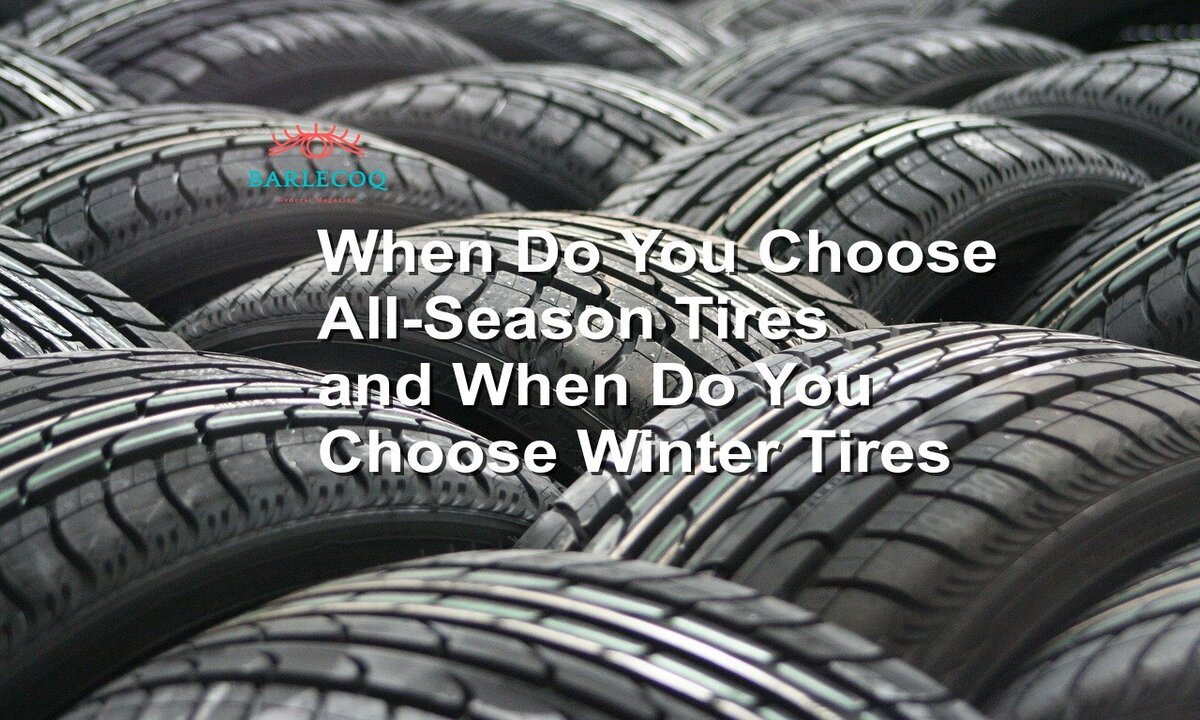When going to the tire shop, you might find yourself wondering “do I need to buy all-season tires of winter tires?”. There are more than a few differences and you should buy the type that is appropriate for the weather conditions you’re living in.
Today we are talking about the difference between the all-season and winter tires, and when to choose which.
All-season tires are great, but not for everyone
All-season tires are made to last year-long in certain conditions. A lot of all-season tires offer a variety of different designs made for diverse conditions such as wet roads and light winter driving.
All types of all-season tires are made to offer a combination of benefits during both the winter and summer seasons.
The downside of them is that they are not made for extreme conditions like hot summer temperatures or tough cold winters, as they can reduce their performance.
For example, all-season tires are made to last all year long, therefore are made from a harder rubber than the winter tires. In cold conditions, that type of rubber is not a good choice as it stiffens and produces less traction, resulting in a higher chance of slipping on icy roads.
All-season tires are a great choice for someone living in a mild climate with no high temperatures or extreme winters. If you’re living in a bit tougher climate, you might need to use seasonal tires.
Winter tires for extreme cold weather
Winter tires are specially designed if you live in an area that often gets snow and cold weather during the winter. They can endure temperatures below 44°F (7.0°C).
When you are driving through vigorous snow it is important to have tires designed for that.
Winter roads can be very unpredictable, from heavy snowfall to black ice. These conditions require tires with more traction to prevent sliding.
Winter tires have specific features that differentiate them from other types of tires. The tread rubber of winter tires is designed to stay flexible in cold temperatures, which allows them to grip better.
Trending Reads: 4 Reasons to Consider a Backup Camera for Your Car
The depth of the tread is deeper and the pattern is unique, to reduce snow buildup and provide better traction.
Biting edges on the winter tires are made in increased numbers with high sipe density (the greater the rubber area of rubber on the ground, the better the grip), which again, provides better traction on ice surfaces.
Which one to choose?
Selecting the right tires is crucial to optimize your car’s performance and safety.
If you live in a mild climate, you can go with all-season tires, but if you’re going to drive through snow, ice, and cold temperatures, you need to have winter tires.
All-season tires are great because they combine all the benefits of the winter and summer tires, and they have a longer braking distance than summer tires on dry and wet ground.
But that braking distance is still shorter than winter tires.
With all-season tires, you save yourself storage and tire-changing csts. You can always go to your local tire service center and ask for a suggestion if you are unsure. Just keep in mind that safety should come first when buying your new tires.









